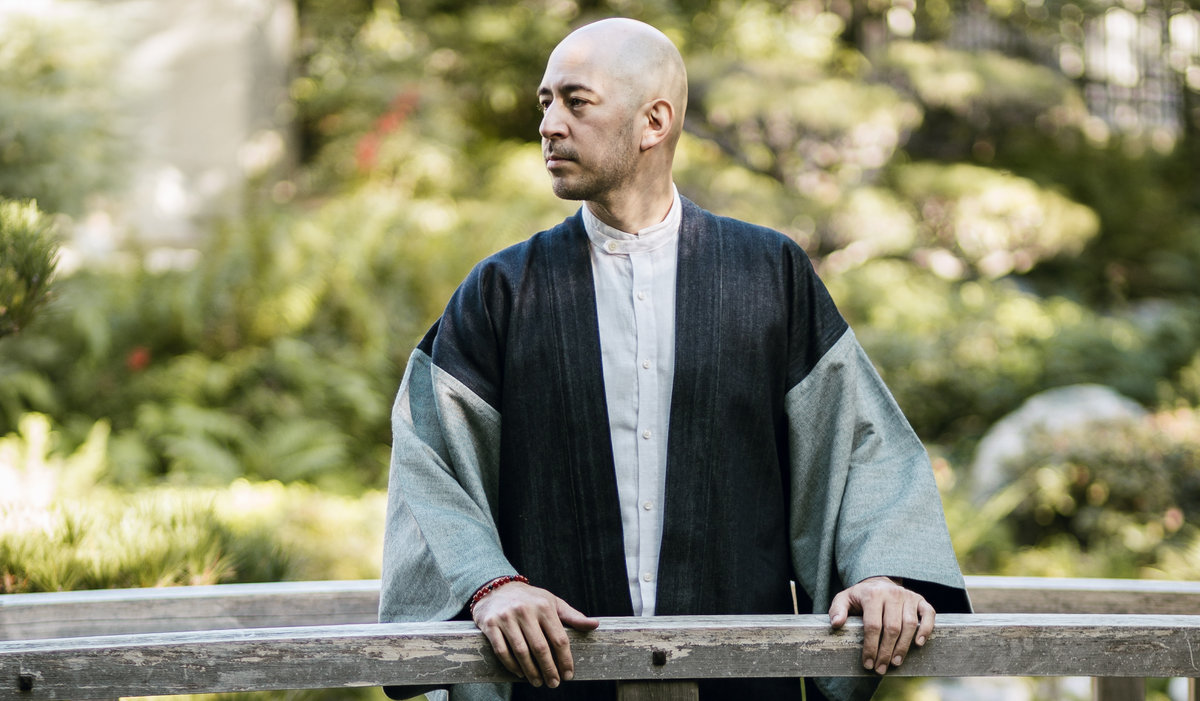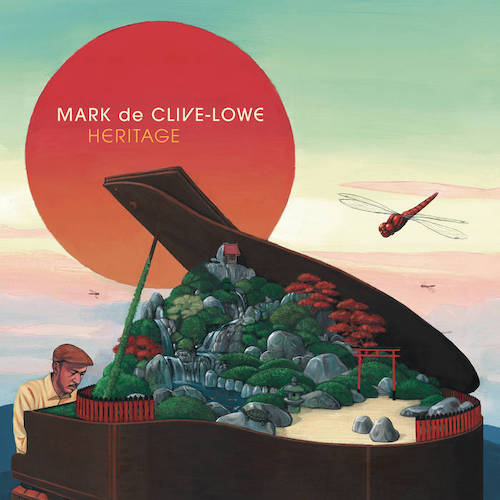
The brilliant Mark de Clive-Lowe is back with his fifteenth full-length album, entitled Heritage. The half-Japanese half-New Zealander’s new album will enrich us all as he deep dives into his Japanese ancestry and cultural roots exploring spaces and places on his most deeply personal work to date. He states, “Heritage is my personal exploration of my Japanese roots – understanding who I am, questioning the meanings of cultural and ethnic identity and what that means to me, especially with the art I create.”
Press play, sit back and relax as MdCL offers insights about each track on his new album.
The Offering
Japan is built on a culture and history of honor and respect. There’s a natural reverence to all things – both those from nature and those that are man-made. It is in consideration of these ways of being that “The Offering” opens the album. The theme gets restated as it builds and sets the tone for the whole work – meditative, introspective and readying to journey to a whole other place. When you enter a space with reverence and respect you create an openness to what the experience becomes – this composition creates that for me.
Bushidō
Literally “The Way of the Warrior”, the Bushidō code is 8 virtues envisioned to be the characteristics of a truly great warrior. Righteousness, courage, compassion, respect, honesty, honor, loyalty and self-control make up the list and it’s easy to see how the Bushidō code can apply to anyone in any walk of life. It’s the aspiration to make oneself into a warrior, no matter what it is we do. There are innumerable ways to follow the Bushidō code and it will always result in our own individual path unfolding before us. Bushidō is a vehicle to explore this idea.
Memories of Nanzenji
Nanzenji is a 13th Century temple in Kyoto. Part of the temple grounds includes the Tenjuan Gardens – a picturesque setting to wander and soak in the beauty and balance of Japan. Everything there is intentionally designed to be in harmony with its surroundings. Even the most seemingly natural parts of the garden have been manicured to emulate nature’s own imperfections. When I visited Nanzenji, I felt such a deep connection there – the surrounds put me in an almost meditative state where the balance of nature and the intentional design of it all let me breathe out and allowed my mind and spirit to be free.
Mizugaki
My mother’s family name is Mizugaki and it’s a fairly unusual name. I had always been told it meant “Watergate” (the literal translation) but it wasn’t until more recently that I found out what it really means. A mizugaki in ancient folkloric Japan was a natural wall of trees that would surround and protect a mountain area where a deity lived. As times evolved, it became the name of the protective wall or fence surrounding the innermost part of a castle, temple or shrine. This protective structure would shield the world from what it kept guardianship over – in every case that thing would be something of immense importance – a god, an emperor, a shrine’s most sacred relics. As a composition, it’s almost like we’re finding our way through that wall through the trees, and discovering what the mizugaki has been hiding.
Akatombo
Literally translated to “red dragonfly”, Akatombo is one of the most famous folk song melodies from all time in Japan. Even though it was composed as recently as 1927, it’s as ubiquitous as “Twinkle Twinkle” or “Row, Row, Row Your Boat” are in the West. I know Akatombo from my earliest childhood memories with my mother singing it to me. Interpreting it on solo piano makesit all the more personal and gives me an instant connection to growing up with that Japanese influence.
Niten-Ichi
“Two Heavens As One” in English, “Niten-Ichi” is inspired by the stories of Miyamoto Musashi – the greatest samurai warrior ever to live. Born in the 16th Century, Miyamoto was said to have killed his first man at age 13, spent the next 30-plus years undefeated in every duel and then retired from killing by the time he was 40, dedicating his life to the arts and writing! Key to his formidable success in battle is that he fought with a dexterous two-sword fighting technique which added to his invincibility. The two-sword technique was so lethal that it became known as “Two Heaves As One” and as a composition, paints the picture of Miyamoto in full fighting mode.
Asa no Yume
“Morning Dreams” in English, this felt like the perfect way to book-end the album’s story. That golden time when you’re not asleep but not quite awake, it’s a brand new day and the world is full of infinite possibilities. That’s what this entire musical journey is about for me – finding the spaces where I’m in balance with myself and the world around me, to be able to make the most of all the magic that a new day brings.
Musicians:
Mark de Clive-Lowe – piano, Rhodes, synths, live electronics, programming
Josh Johnson – alto sax, flute
Teodross Avery – tenor sax
Brandon Eugene Owens – bass
Carlos Niño – additional percussion
Brandon Combs – drums
Heritage is out today via Ropeadope. Buy here.

